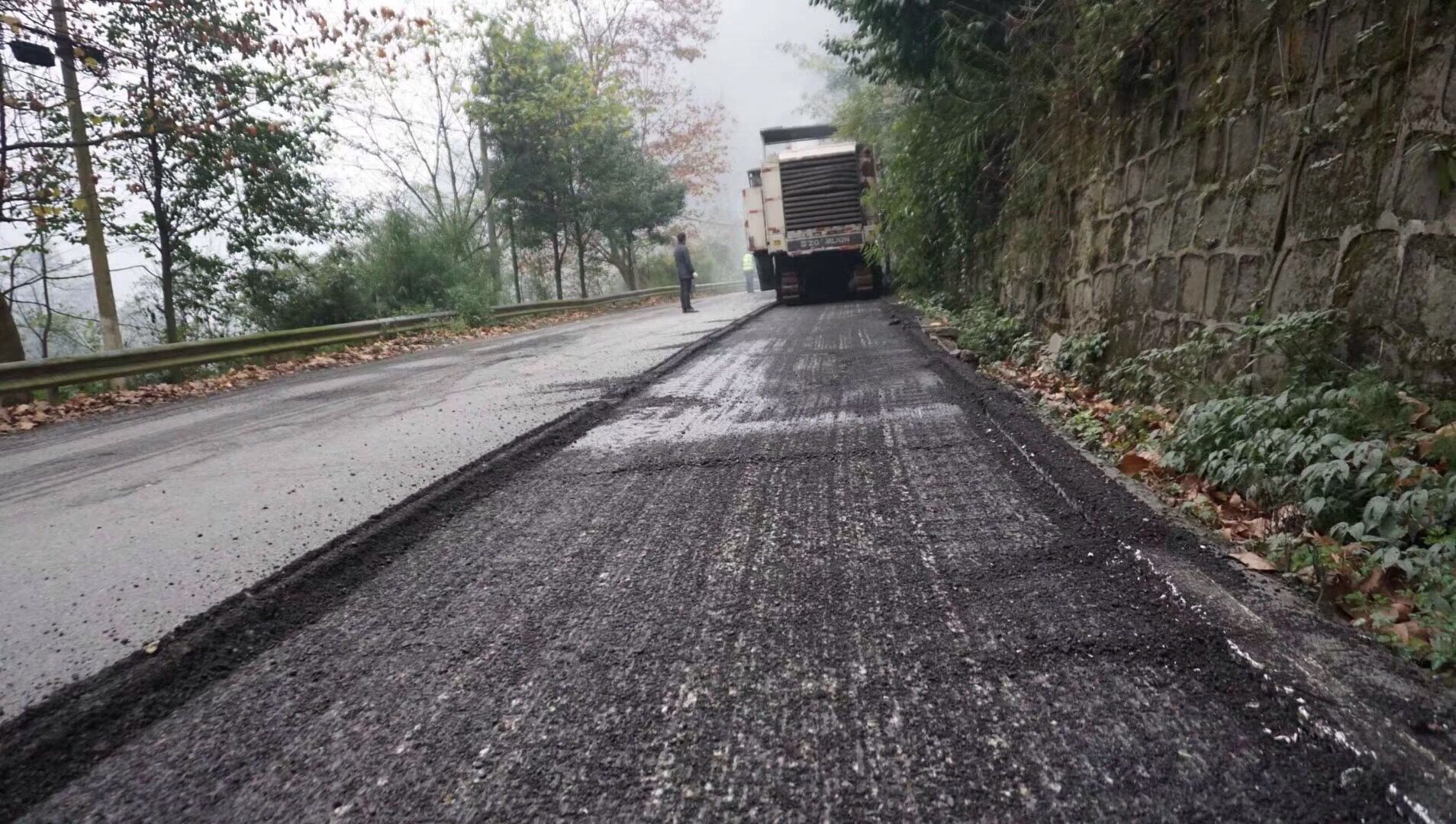The Greatest Guide To A1 Professional Asphalt & Sealing Llc
A1 Professional Asphalt & Sealing Llc Things To Know Before You Get This
Table of ContentsThe 45-Second Trick For A1 Professional Asphalt & Sealing LlcThe Of A1 Professional Asphalt & Sealing LlcThe 3-Minute Rule for A1 Professional Asphalt & Sealing LlcWhat Does A1 Professional Asphalt & Sealing Llc Mean?The Basic Principles Of A1 Professional Asphalt & Sealing Llc

The oil in a car engine is not simply oil. It includes a selection of ingredients to enhance the vehicle's efficiency. These include polymers, thickness modifiers, warm stabilizers, added lubes, and wear ingredients. The REOB contains all the ingredients that were in the waste oil in addition to the wear metals from the engine (generally iron and copper).
However, by making many blends utilizing different REOB samples and various asphalt binders, the variations largely can be balanced out. Several States provided examples of recognized REOB composition to TFHRC researchers, that evaluated the samples to compare the percent of added (known) REOB to the found (evaluated) amount. The evaluations revealed a comparable percentage of added and found REOB.
The Best Guide To A1 Professional Asphalt & Sealing Llc
None of those States recognized that the asphalt they were getting included REOB. One State insisted its examples had no REOB - https://truthful-heron-jjppp1.mystrikingly.com/blog/a1-professional-asphalt-repairs-paving-excellence-in-st-louis.
Of the 1,532 samples checked, 12 percent had REOB, and some included appreciably high degrees of it at 1020 percent. The highest degree was 34 percent in an example from Texas, which TxDOT had actually used in a patching compound. This testing additionally disclosed the visibility of phosphoric acid in 11 percent of the samples, and 2 percent included ground tire rubber.
Two years earlier at TRB's yearly conference, the Federal researchers held an REOB workshop and presented the findings of their research laboratory evaluations to a standing room-only group. Some firms do not especially prohibit REOB, they do impose physical examinations that avert its useeffectively a restriction. Others do not ban it by specification, however have agreements with asphalt providers to stay clear of using REOB
Everything about A1 Professional Asphalt & Sealing Llc
A handful do enable REOB, some within certain limits. Ohio and Texas limit degrees to much less than 5 percent of the asphalt. To establish a reliable examination approach that all States can use, the TFHRC scientists established up a round-robin test plan. The individuals are 11 State freeway companies (Illinois, Massachusetts, Minnesota, Mississippi, Montana, North Carolina, Oklahoma, South Carolina, Texas, Vermont, and Wyoming), 2 independent testing laboratories, the Ministry of Transportation in Ontario, Queen's University in Ontario, and an Ontario paving specialist.
In total amount, the scientists prepared and delivered 720 blends. The individuals are testing the samples independently using the standards given by the TFHRC scientists. The round-robin screening is virtually finished, and TFHRC remains in the process of accumulating the outcomes. The result will certainly be a recommended AASHTO test method that any type of State can embrace and utilize (asphalt paving repairs).
The pavement with REOB, which is located 0.6 mile (1 kilometer) from the pavement without REOB, has the same subgrade, web traffic density, and environment. However, the sector of Highway655 with 5 to 10 percent REOB showed substantial cracking. In this example, the presence of REOB was the recognized reason for breaking at a reduced temperature levels.
"In our experience in Canada, also small quantities of 23 percent can be an issue." Similarly, an area of test sidewalk in Minnesota (MN1-4) discovered to contain REOB additionally fractured prematurely. The sidewalk executed well for the initial 3 to 4 years, however then began to break. This pavement is likewise based on low temperatures.
More About A1 Professional Asphalt & Sealing Llc
The tests were not extensive, but they showed that at levels of 6 percent or more, the tensile strength of the asphalt dropped substantially. At a level of 3.5 percent REOB, the variant in the physical examination techniques was above the result of REOB. It was hard for researchers to evaluate whether REOB was present. https://moz.com/community/q/user/a1asphaltseal.

One binder specification thought about is the difference between the reduced temperature level critical specification temperature for stiffness (S) in the bending beam of light rheometer and the bending beam rheometer creep slope (m-value) noted as Tcritical. TC = TC (S) TC (m-value). Evaluation of this parameter is still ongoing. 2 independent study teams, one from AASHTO and the other from the Asphalt Institute, wrapped up that even more study is needed on using REOB in asphalt.
Previously, all asphalt screening measured design residential properties such as tightness. These tests do not show what products had actually been included to the asphalt. One example received throughout the TFHRC research had an extremely weird analysis. The example had the following examination results: Superpave PG 64-28 with a high temperature grade of 67.3 Tcritical on the flexing light beam rheometer was 6.7 degrees Celsius.

A1 Professional Asphalt & Sealing Llc - Questions
These outcomes show there are weaknesses in the standardized engineering screening protocols that might be made use of. The producer may have a financial advantage and the item passes all the standardized tests, but the item may not be helpful to guaranteeing long-lasting performance. To resolve this concern and the development of new asphalt additives and extenders, TFHRC is beginning a study program to use handheld spectroscopic gadgets, x-ray fluorescence spectroscopy, and Fourier change infrared spectroscopy to allow evaluations to be done in the area instead of needing to take examples back to the laboratory.